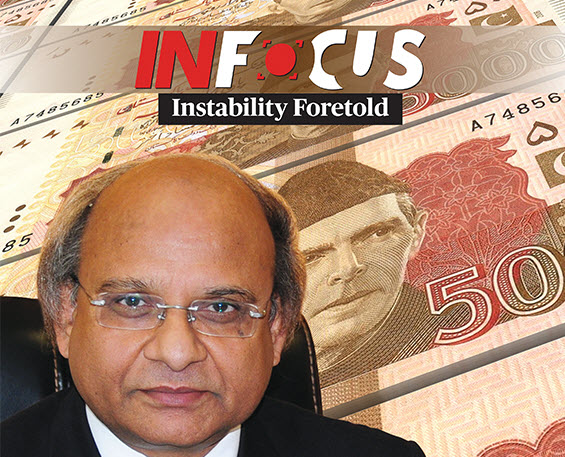The roots of the IMF go back to World War II, a war that left Europe totally devastated and the global monetary and financial system in a dysfunctional state. US President Franklin D. Roosevelt invited the United Nations Monetary and Financial Conference to deliberate on the issues of reconstruction and development of Europe, and to restore global monetary and financial stability. A conference was held in Bretton Woods, New Hampshire, US, during July 1-22, 1944. Forty-four nations attended the Conference. After over three weeks of deliberation, two Institutions were created with the names of the IMF and the International Bank for Reconstruction and Development (IBRD), better known as the World Bank. The two persons that played key roles at the technical levels for the establishment of these institutions were Harry Dexter White, a senior US Treasury official and John Maynard Keynes, an advisor to the British Treasury. Keynes later emerged as the father of modern macroeconomics.
The IMF was made responsible for maintaining an orderly international monetary system and for providing short to medium term financial assistance to member countries experiencing temporary balance of payments difficulties. The IBRD was made responsible for providing financial support to member countries for developmental activities. These two institutions officially came into existence on December 27, 1945.
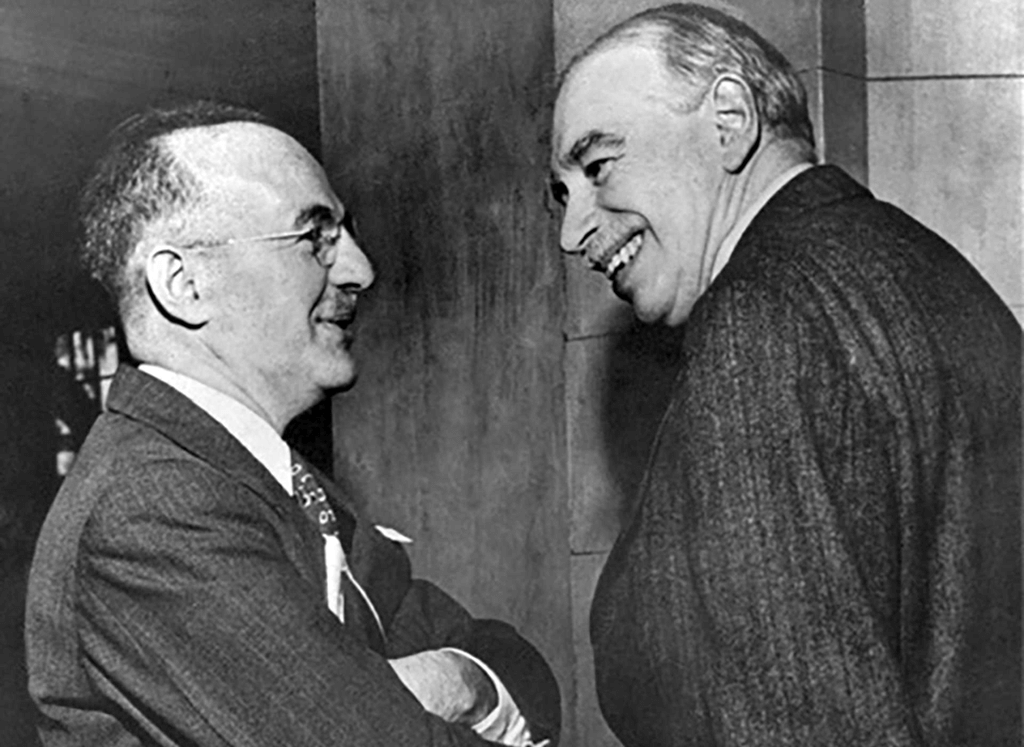
From the viewpoint of the IMF, whenever a country faces a balance of payments crisis, it is because of the excessive demand prevailing in the economy. In other words, aggregate demand exceeds aggregate supply. The IMF believes that by curtailing aggregate demand through various policy instruments, the country can restore a balance with aggregate supply. It is critical to note that the IMF never advocates raising aggregate supply or never prescribes supply side policy.
There are four key policies that the IMF advises member countries seeking resources: i) market-based exchange rate policy (meaning devaluation), ii) tight monetary policy (raising interest rates), iii) tight fiscal policy (raising revenue and curtailing expenditure) and iv) raising utility prices (gas and electricity). These are a set of policies on which a consensus was developed among the three institutions, namely the IMF, the World Bank and the US Treasury in the early 1980s for countries seeking IMF resources. They became the standard policy prescription of the IMF under the title of the stabilisation policy/demand management policy/austerity policy for countries seeking balance of payments support. They represent the “one shoe fits all” prescription, whether it is Egypt, Ukraine or Pakistan. The world has undergone considerable changes since the early 1980s but the IMF prescription has remained unchanged. The time has come to review the Washington Consensus, a termed coined by John Williamson, a British Economist working for the World Bank in 1989.
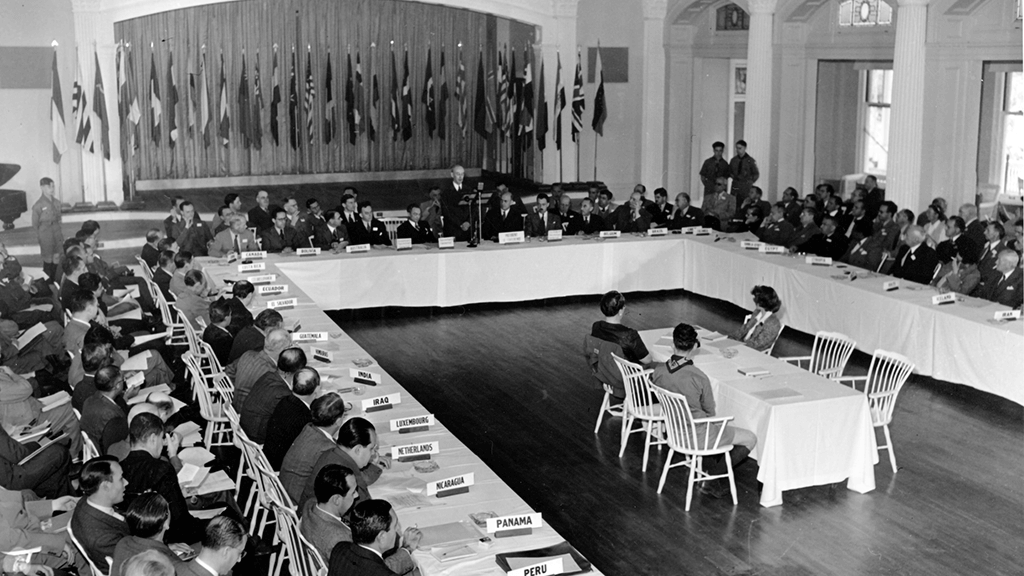
Let me describe how these policies work in reality. The country would be asked by IMF staff to pursue a floating or market–based exchange rate policy, which invariably leads to devaluation (the objectives are to reduce imports and increase exports — the two components of aggregate demand). Devaluation is by definition inflationary as all the landed costs of imported items in local currency increase. To counter inflationary pressure, the Central Bank immediately tightens monetary policy by increasing the discount rate, which in turn, increases overall interest rates in the economy. A higher interest rate discourages private sector investment (one component of aggregate demand).
Tight fiscal policy on the other hand, prevents the government from spending more (another component of aggregate demand). Given the committed nature of spending such as interest payments, defence, running the civil administration and subsidies in which there is little or no flexibility, the axe of spending cuts falls invariably on development expenditure. A cut in development expenditure means that public sector investment also declines. Therefore, total investment as a percentage of GDP declines. Investment is the critical input to economic growth, and lower investment slows economic growth. Slower economic growth slows the pace of job creation and hence, there is a rise in unemployment and poverty.
Tight monetary policy leads to a higher discount rate and a rise in overall interest rates. Higher interest rates increase the cost of financing the government’s budget deficit, which in turn, increases interest payments, hence current and total expenditure. Devaluation also increases dollar denominated public debt in rupee terms, which increases overall public debt. Given the rise in interest rates, high public debt increases interest payments, current expenditure and hence, total expenditure. Slower economic growth slows revenue generation and given the rise in total expenditure, it increases the budget deficit, which is counter to the IMF policy of tight fiscal policy. A higher budget deficit forces the government to borrow more and hence, accumulate more public debt.
The IMF policy of stabilisation, in fact, leads the country into a debt trap.
The IMF policy of stabilisation, in fact, leads the country into a debt trap. Once the country goes to the IMF for balance of payments support and implements the stabilisation policy, it never emerges from the crisis. In fact, the crisis is perpetuated by the nature of the policy prescriptions. The IMF Programme is not a stabilisation programme, rather it is a destabilisation programme in which investment and growth slow down, leading to a rise in unemployment that gives birth to social unrest in the country. It also increases the country’s debt. Hence, low investment, slower economic growth, rising unemployment and poverty, more inflation, a higher budget deficit, more debt, and rising social unrest are the outcomes of the IMF Programme. It also transforms a low cost economy into a high cost economy through the hike in interest rates (increases cost of capital), devaluation (increases landed costs of imported inputs) and increase in utility prices, adding to the cost of production, and hence the country loses external competitiveness with serious consequences for its exports.
There are two sources of instability; one is exogenous and the other is self-induced shocks. Exogenous shocks include terms of trade shocks, natural disasters, capital flight, a sudden rise in oil and commodity prices etc. Many developing countries have a narrow export base. Any adverse shock to the prices of their commodities will have a strong adverse impact on their export earnings. A sharp increase in oil prices will increase the import bills of the developing countries that are net importers of oil. This will worsen the trade and current account balance and may force the country to seek IMF assistance.
Self-induced shocks are the result of the poor macroeconomic management of the country. For example, excessively loose fiscal policy increases aggregate demand, which is translated into higher imports, and worsening trade and current account balances. Such developments put pressure on exchange rates; leading to devaluation, rise in public debt, increase in interest payments, erosion of fiscal space, and decline in investment in physical and human infrastructure.
The problem with the IMF is that it does not differentiate the root cause of the problem. Its generic medicine, instead of addressing the problems, in fact further compounds the difficulties faced by the countries.
A country that faces such shocks and experiences balance of payments difficulties approaches the IMF for a bailout package. The IMF applies the 1980s vintage Stabilisation Policy. In my opinion, this Stabilisation Policy or Washington Consensus has lost its charm because the IMF doesn’t distinguish between the two types of shocks. It treats exogenous and self-induced shocks as one and the same and applies the same medicine.
To illustrate, consider that there are two countries — country A and country B. Country A has been managing its economy well. Economic growth has been robust, both budget and current account deficits have been low and the country has sufficient foreign exchange reserves to finance four months of imports. All of a sudden, the country is hit by a massive external shock like the unprecedented surge in oil and commodity prices in 2007/08, that created a serious balance of payments crisis. Country B, on the other hand, is failing in managing its economy well. Economic growth is low, budget and current account deficits are high and foreign exchange reserves are depleting fast. While Country A is hit by a sudden external shock, not of its own making, Country B is facing serious difficulties because of its inability to manage the economy properly. Both countries go to the IMF for financial support. Should the IMF prescribe the same medicine to both the countries?
Pakistan is one of the nine prolonged users of IMF resources. In fact, it has become addicted to the IMF Programme.
In my view, the answer is No. Country ‘A’ should be treated differently from Country ‘B’. Country ‘A’ has been pursuing prudent macroeconomic policy. External shocks have created a temporary balance of payments problem. What is required from the IMF is to provide one-time financial support to build its reserves so that the country can withstand the external shocks. Country ‘B’, which was mismanaging its economy, should be treated differently. Policies should be designed to bring its budget into balance and the external account into a comfortable zone, for which tight fiscal and monetary policies are the solution. The problem with the IMF is that it does not differentiate the root cause of the problem. Its generic medicine, instead of addressing the problems, in fact further compounds the difficulties faced by the countries. In order to address one problem, it gives birth to many problems and hence in the process, the country and its people continue to suffer. There is an urgent need for the IMF to shed the “Aspirin Approach to the Balance of Payments Crisis.”
Pakistan is one of the nine prolonged users of IMF resources. In fact, it has become addicted to the IMF Programme. Whenever we had a headache, we went to the IMF for an aspirin tablet. We got temporary relief but neither the IMF nor the Pakistani authorities ever tried to find out as to why the headache recurred every two to three years. Pakistan approached the IMF for the 22nd time in July 2019, for a 39 month Programme ending in September 2022. Prime Minister Imran Khan, while in the opposition, said many a time that once he came to power he would not go to the IMF. After 22 years of struggle, the 22nd Prime Minister of Pakistan went to the IMF for the 22nd Programme. What a coincidence.
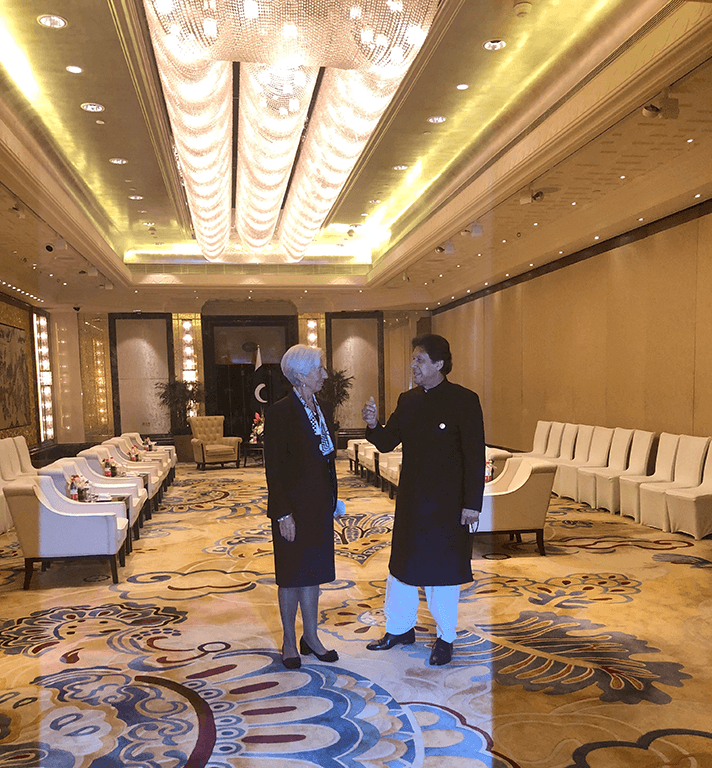
Against the backdrop of the second lost decade (2008-18), the present government took charge of affairs on August 18, 2018. There are no two opinions that the present government inherited a shattered economy with growth decelerating; unemployment and poverty rising; budget and current account deficits deteriorating; and foreign exchange reserves falling. The government either had no option, or was ‘forced’ to go to the IMF for the 22nd IMF Programme. From November/December 2018 onwards, Pakistan continued to implement ‘Prior Actions’ for the Programme and from July 1, 2019 onwards the country continues to implement the four decades old prescriptions to stabilise Pakistan’s economy. As in the previous 21 Programmes with the IMF, Pakistan continued to implement the standard policies like tight monetary and fiscal policy, the so-called market based exchange rate policy, and raising utility prices at a pace seldom observed in the past.
Should the results of the 22nd Programme be different from the previous 21 Programmes? Could there be a 23rd Programme in the making? Since Pakistan has gone once again to the fold of the IMF, it is legitimate to question the efficacy of the IMF’s four decades old prescription. Will the same medicine prove to be effective the 22nd time or will history repeat itself?
Pakistan’s economy was severely damaged as a result of implementing the four decades old standard policies. The country’s Central Bank pursued a tight monetary policy and raised discount rates from 6.5 percent in June 2018 to 13.25 percent in July 2019, maintaining that level until February 2020. We were told that this increase in interest rates was required to control inflation, which was hovering at the double-digit level. The Central Bank, without realising that Consumer Price Index (CPI)-based inflation in Pakistan is measured through the supply side as well as changes in government administered prices, blatantly used the interest rate as an instrument to deal with aggregate demand and not aggregate supply. Instead of controlling inflation, the continued hike in interest rates fuelled it. Higher interest rates increased the cost of capital and businesses simply passed on the high cost of capital to consumers by raising the prices of their products.

Figure-I clearly depicts the positive relationship between the interest rate and overall inflation. The Governor of the State Bank of Pakistan (SBP) had stated time and again when releasing his monetary policy statement, that inflation in Pakistan is a supply side phenomenon followed by the rise of government administered prices (prices of electricity gas and medicines), and yet he continued to hike interest rates to “control inflation.” He kept on prescribing the wrong medicine.
What damage has it caused to the budget and the economy? Such a prolonged hike in interest rate policy not only discouraged private sector investment but added Rs. 1687 billion to interest payments. Interest payments surged from Rs. 1500 billion in 2017-18 to 2620 billion in 2019-20 — an increase of 75 percent in just two years. As a percentage of GDP, it increased from 4.4 percent to 6.3 percent. Such a rapid increase in interest payments as a result of the ill-informed policy of the SBP contributed immensely in widening of the fiscal deficit and the attendant increase in public debt.
Under the so-called market based exchanged rate policy, the SBP put the rupee on free fall, depreciating from Rs. 121.5 per dollar in June 2018 to Rs. 166.4 per dollar by March 2020. The stated objective of devaluation was to improve external competitiveness so as to increase exports. It not only failed to increase exports but added Rs. 4666 billion in public debt without borrowing a single dollar. As shown in Figure-II, exports continued to move in the narrow range of $ 1.7 billion to $ 2.1 billion monthly over the last 100 months, irrespective of the exchange rate.

These two policies (hike in interest rates and devaluation) alone have cost Pakistan Rs. 6353 billion or approximately $40 billion for a $6 billion IMF Programme from July 2018 to February 2020. Who is responsible for this misguided policy?
I have not discussed the cost of raising utility prices that have added to the cost of production and made Pakistan’s industries non-competitive globally. Was the IMF Programme meant to damage the economy of Pakistan? Has the IMF programme improved the economy? I leave it to the readers and the people of Pakistan to decide.
Let me conclude by saying that as an institution the IMF is a great institution. Their staff are true professionals and I have had the privilege of working with thorough, professional economists. What is wrong with the IMF is its decades old policies which, instead of improving the economies of member countries actually damage them. There is a serious fault in the design of their policies vis-à-vis countries seeking their resources. Pakistan is a classic example. After 21 programmes with the IMF, the country’s economy still remains fragile. Pakistan is currently pursuing its 22nd programme and the outcomes of the programme thus far clearly indicate that there will be a 23rd programme in September 2022. The Washington Consensus is now dated and there is a need to develop a new consensus on the set policies, which must be different from the current “one shoe fits all” stand.
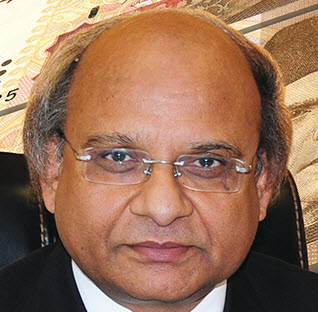
Dr. Ashfaque H. Khan
The writer is a renowned economist, who served as an advisor to the Ministry of Finance & D.G of its Debt Office. Currently he is the Principal & Dean at the NUST School of Social Sciences


